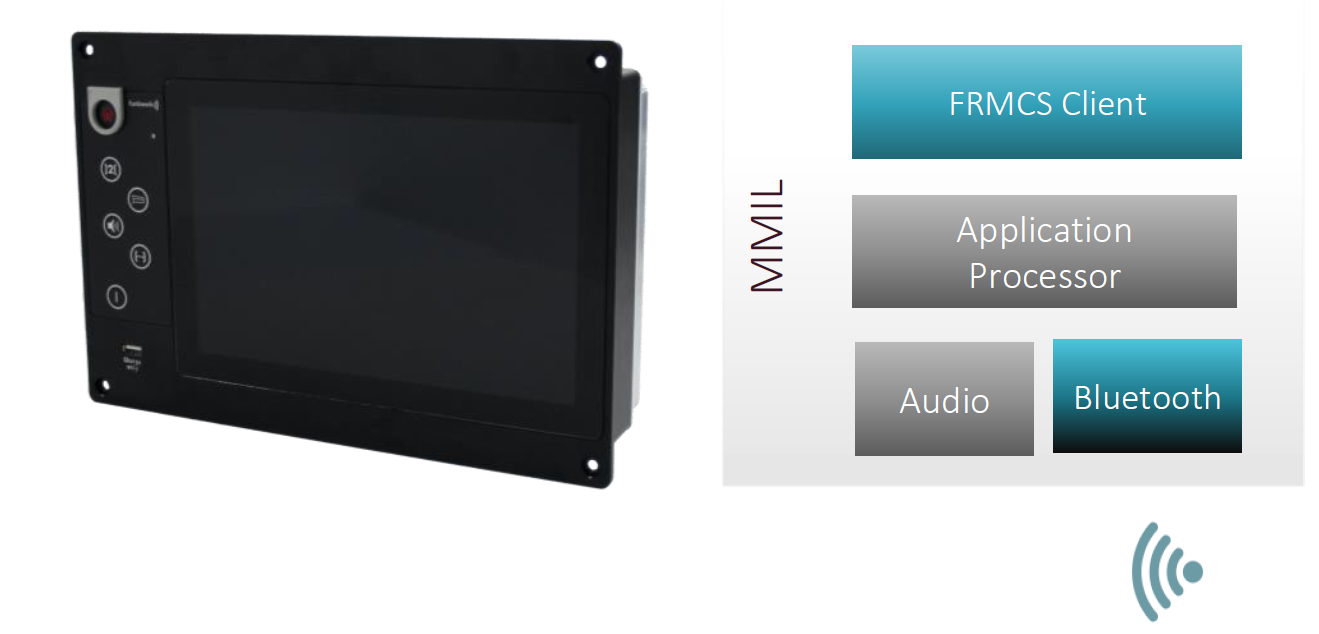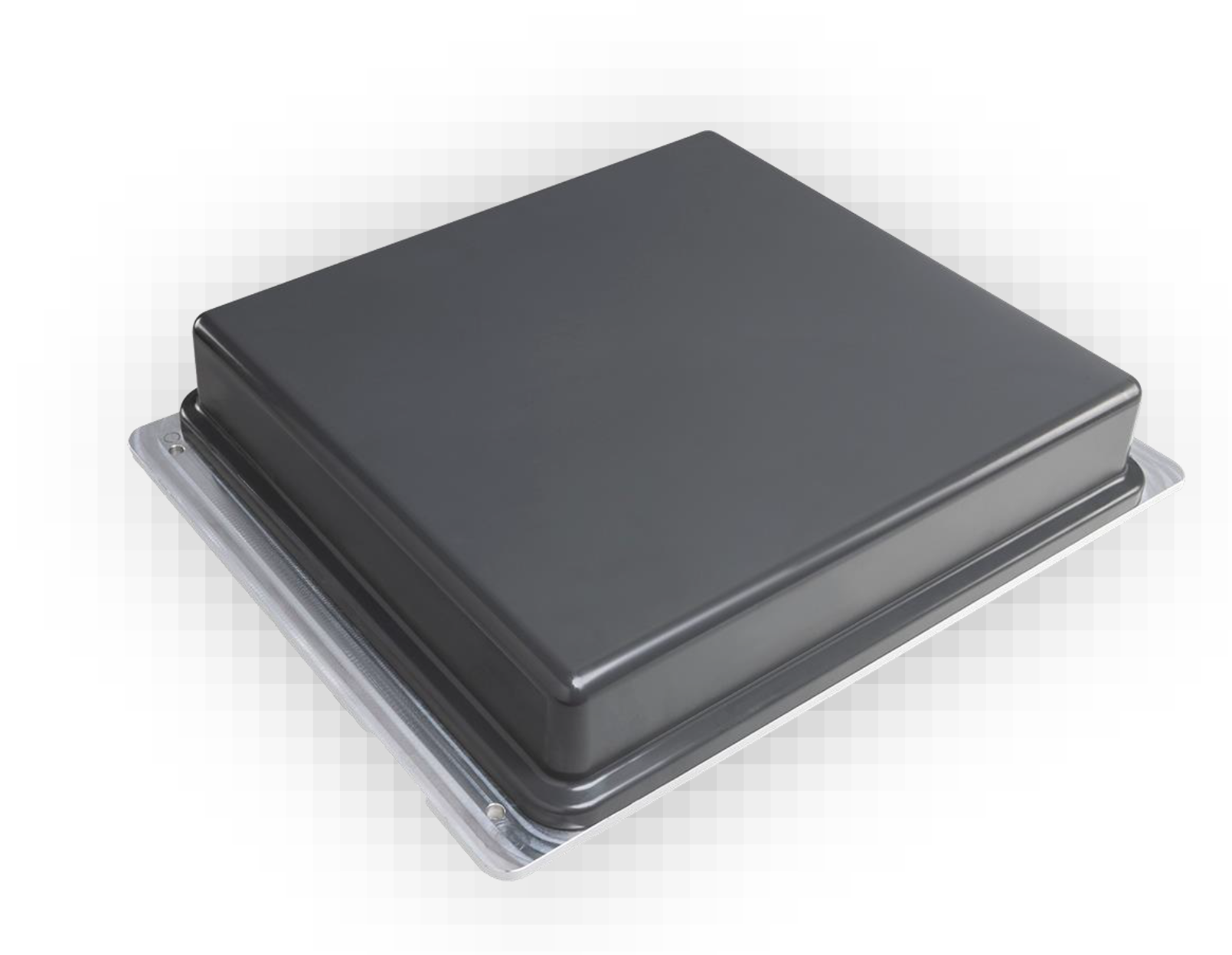FRMCS
Future Railway Mobile Communication System

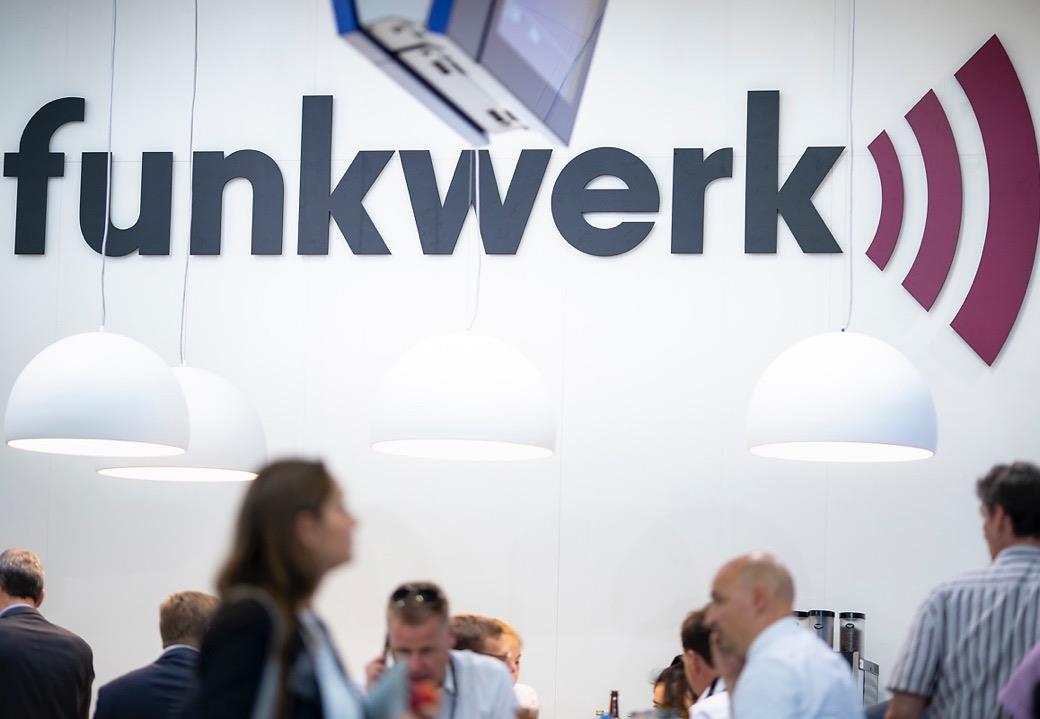
FRMCS in short

FRMCS Status standardization – FRMCS V1
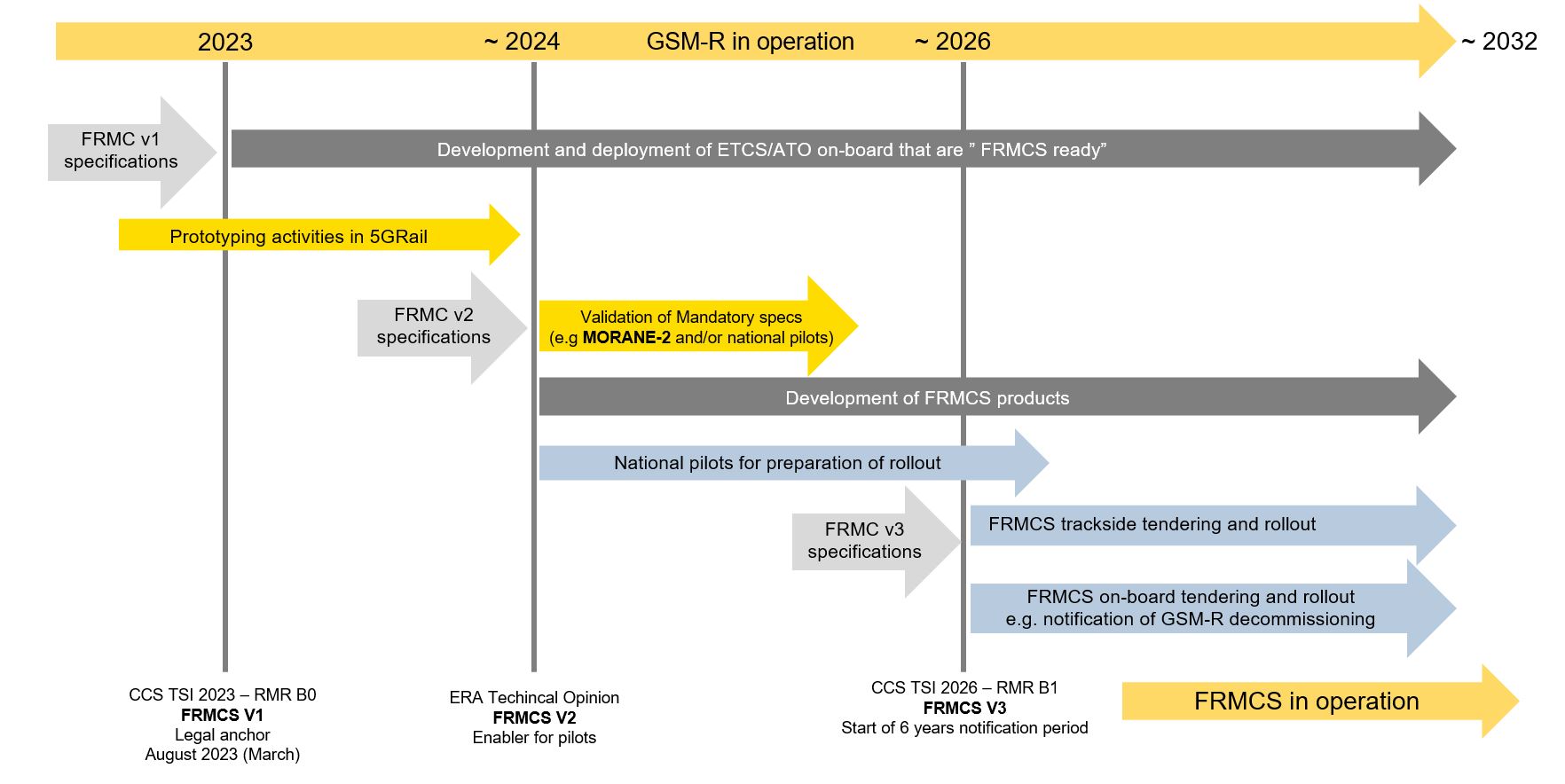
The advantages of the FRMCS migration to current radio communication systems
Upgradeability for future requirements
Optimized antenna solutions
Upgradeability for future requirements
Upgradeability for future requirements
Should we upgrade our existing GSM-R solutions or wait for FRMCS?
For a railway operator, this is a critical question.
The short answer: Yes, continue to invest in GSM-R.
Your GSM-R network remains the backbone of mission-critical communication, and it will continue to play that role for many years—even after FRMCS is fully deployed.
While FRMCS is on the horizon, the rollout is gradual. Many specifications are still under development, and the overall timeline continues to shift. This means GSM-R will remain essential for the foreseeable future.
The good news? Most Cab Radios can be upgraded to FRMCS when the time comes.
Until then, stay operational and secure by:
Don’t wait. Keep your fleet connected—today and tomorrow.
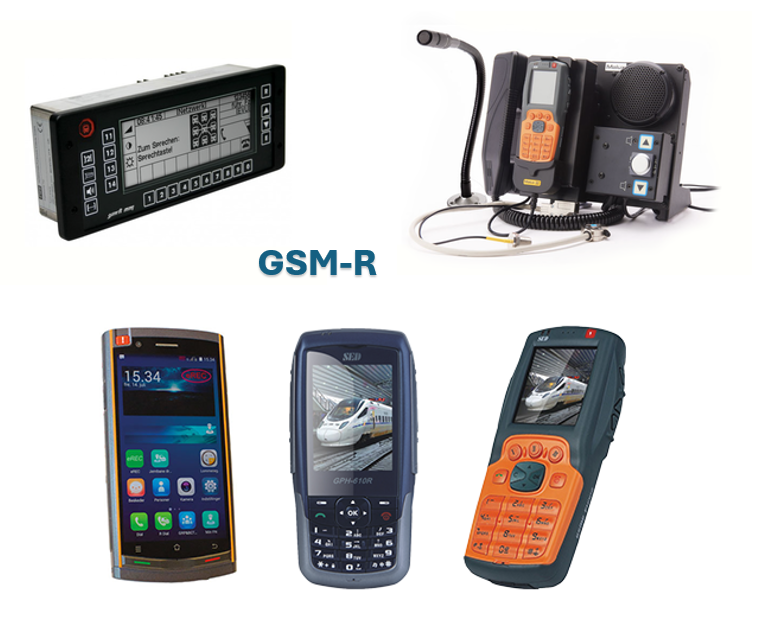
FRMCS trial and POC
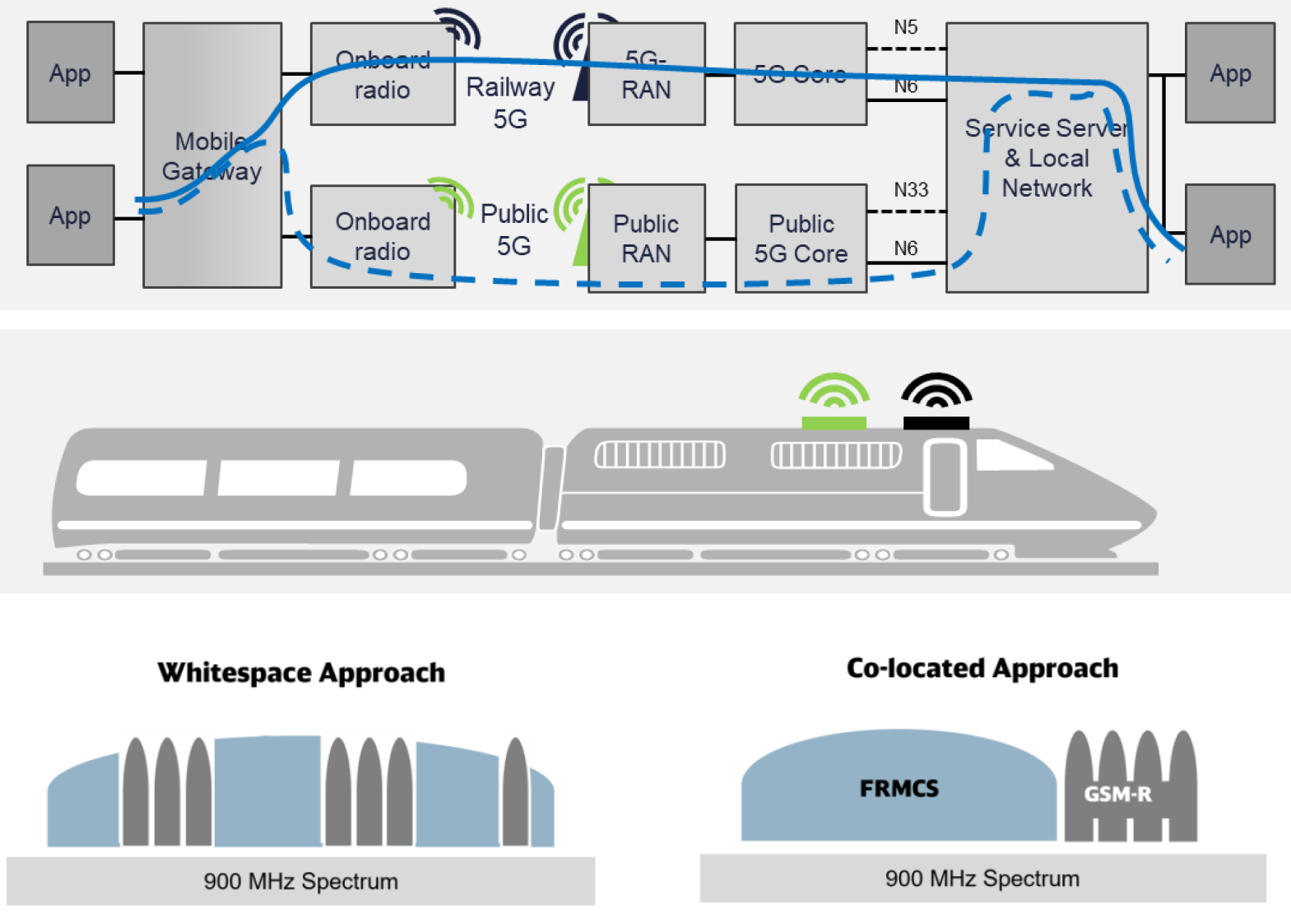
5G-Racom DB & SNCF funding project – FRMCS multipath & GSM-R coexistence
Current setup and equipment for FRMCS test – FGW-1 and CRLT.20
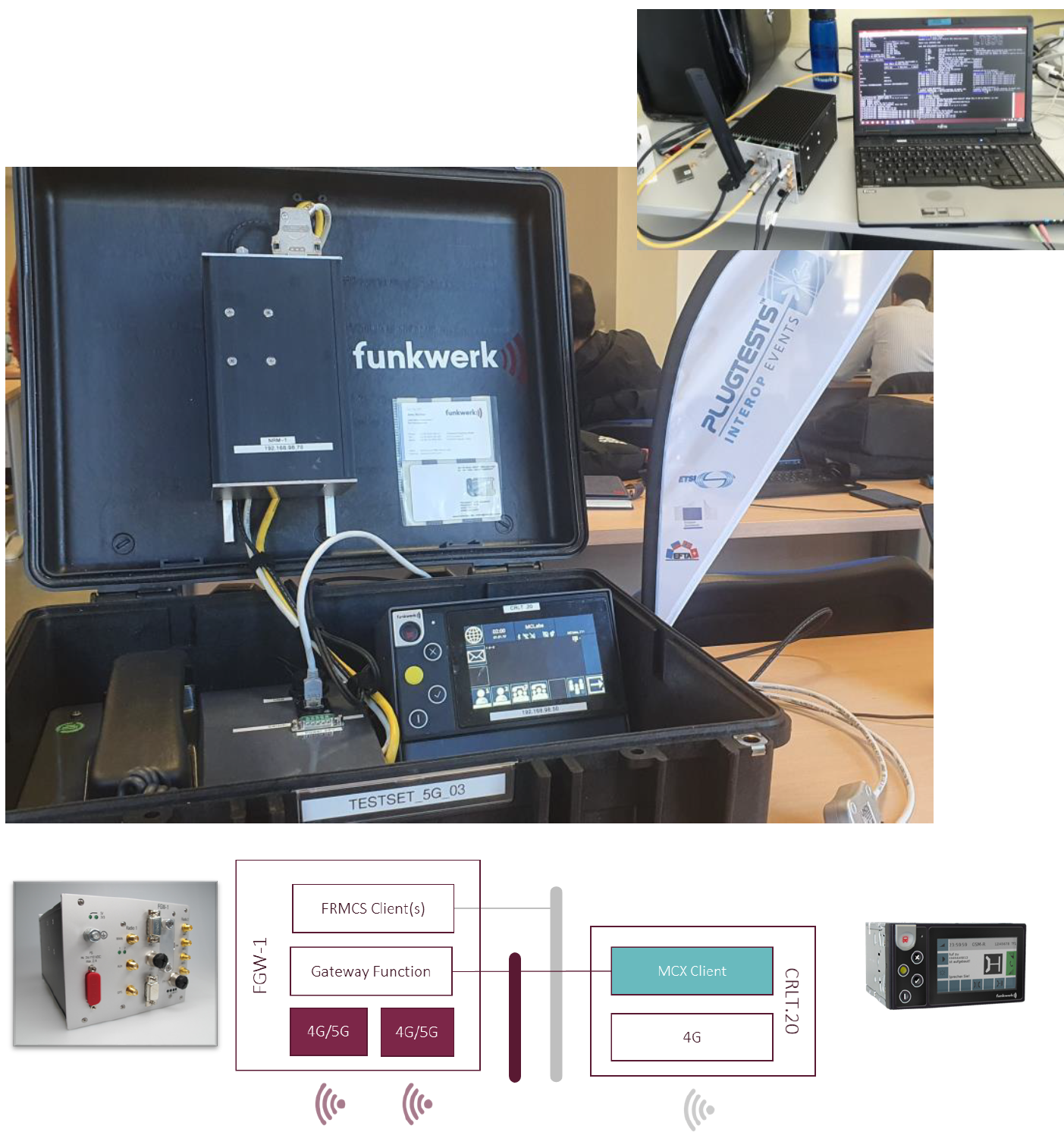
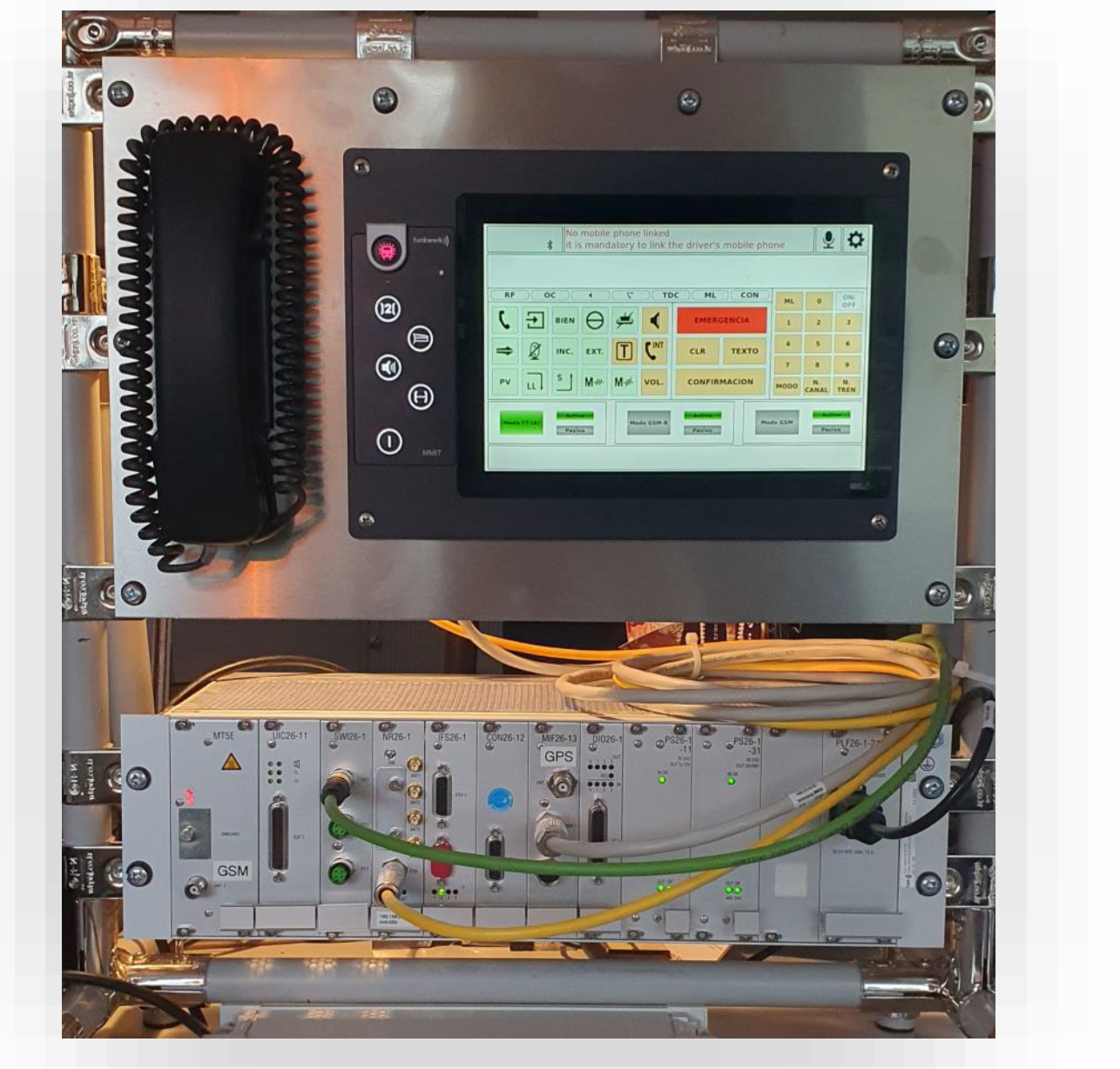
Upcoming setup and equipment for FRMCS tests – MESA®26 with NR26-1 and MMIL
High Flexibility: 10“ – Operator terminal
